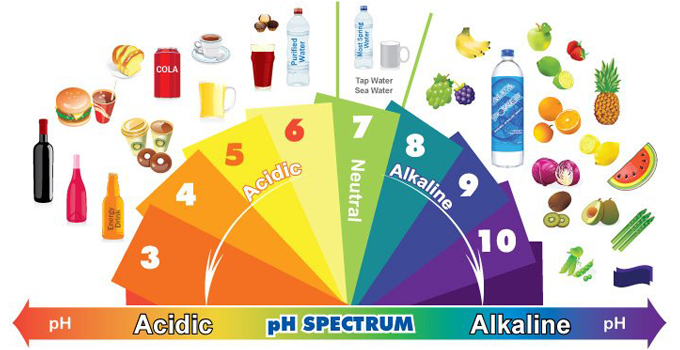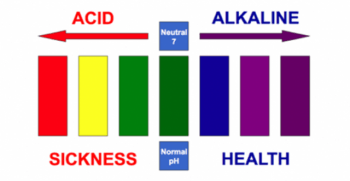 Good food after a day’s hard work is always a pleasure and there is no substitute to good wholesome and nutritious food. But, more often than not, we are so engrossed in our work that we fail to think about our health which in turn means that we neglect good food.
Good food after a day’s hard work is always a pleasure and there is no substitute to good wholesome and nutritious food. But, more often than not, we are so engrossed in our work that we fail to think about our health which in turn means that we neglect good food.
And most think it’s a cumbersome task to deal with all these nitty gritties, think about nutrition, good food etc.. It’s so complicated. The idea ultimately is to just eat whatever is available when hungry.
But, it’s not difficult as it seems. Well, while you are in a restaurant you always think about ordering something tasty and compromise often with the nutritional aspects, here is a simple food pyramid tips which can be followed easily without any complications. This can be followed in restaurants or while you are out and at home.
So in the food pyramid, there is a cereal and grains group, followed by fruits and vegetable group, dairy products and non-veg, and then oil fat and sugary foods,
1.Cereal and grains group.
These are mostly staple foods which is consist of nutrients like carbohydrates ( Complex carbs ), proteins, fibre, minerals, calcium and B-complex vitamins. An individual should have 6-11 servings of this portion in a day. Common food items in this group- Whole grain cereals, millets, rice, Jowar, Bajra, Makai (Corn), Barley Oats, Poha (Puffed Rice) and Upma. These foods are rich in nutrients and good to provide the necessary fuel for our body to run all day long
One serving of this equals
-1 cup of rice, Poha or Upma
-1 cup of oats
-1 Paratha
-2 Phulka
-1 Jowar, Bajra or Makai roti.
2.Vegetables and Fruits group (Protective Food Group)
These foods are a must eat and should be added to our food plate daily. A person should have at least 3-5 servings of vegetables and 2-4 servings of fruits each day. They contain vital nutrients like vitamins, minerals, antioxidants, folate, iron and potassium and many more nutrients. These foods consist fiber help our digestive system and also gives us different types of nutrients, phytochemicals and are also rich in antioxidants.
One serving of vegetables consists of:
1 cup of leafy vegetables ( Lettuce, spinach, Fenugreek, Dil, spring onions)
1 medium potato/yam, ½ medium sweet potato ( cooked )
1/2 cup of other vegetables, cooked or raw ( You can also include some of them as salads too )
3/4 cup of vegetable juice(vegetables like Bottle gourd, carrot, beetroot, French beans, green peas, are good to grind and have as smoothe with a pinch of salt and pepper)
In fruits one serving is:
One small apple, orange or banana or any other fruit
1/2 cup of chopped, cooked or canned fruit
3.Dairy products and non-veg food items
These foods are the main protein building group because it is important to maintain the strength of our bones and muscles. Apart from providing proteins these food items also provide B-complex vitamins, invisible fat, fibre, calcium, vitamin A, riboflavin, vitamin B12, iron and iodine. You should ideally have 4-6 servings of this group each day. These foods are mainly important to build up our muscles and help to recover the wear and tear that might occur during the hectic day
One serving of this group consists of:
1 cup of milk, curd
40g (2 slices) cheese, paneer
1 cup dal, pulses, sprouts
1 handful of dry fruits, nuts like groundnuts
1 Egg
65-100gm cooked meat/chicken (½ cup mince, 2 small chops, or 2 slices roast meat)
80-120g cooked fish fillet
4. Oils, fats and sugar:
There are certain good fats which are useful and beneficial for our body, as the cell membrane around our brain are made up of good fats, These are the foods which should be eaten by keeping the portion control in mind and even the time of the day should be noticed as its important.
Some good source of sweetners are Raw honey/Jaggery/Dates/Prunes, these are the healthy sweetners, But, because of today’s lifestyle some unhealthy sweetners have sadly become the staple diet in our lifestyle. Ideally this should not have happened. Choose Any of the junk food item and it will contain these ingredients – burgers, pizza, vada pav, samosa, fizzy drinks, alcohol, instant noodles, chips, frankies etc.
These are not bad to have but, at the same time we should keep our portion in control. We shouldn’t have more than 3-4 servings of these food items in a day. Some common basic sources are vegetable oils, butter, sugar, jaggery and honey.
One serving is defined as 1 tsp of oil, ghee or butter and also 1 tsp of sugar, jaggery and honey.
Now last but the least…WATER:. Water is one of the most important component that cannot be ignored in this entire pyramid. We should have at least 8 glasses of water, as it is very important to keep our cells well hydrated and alive. The above given quantity is for a non-active person, but an active person needs at least 10 to 12 glasses of water average..








